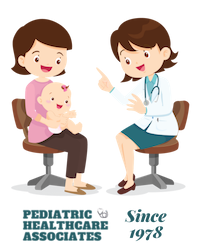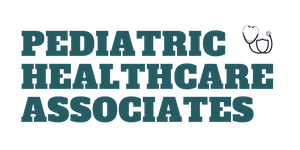Bed Bug Bites in Children – Symptoms, Causes, and Pediatric Diagnosis
Bed bug bites are a frequent concern in pediatric healthcare, especially for families with infants and young children. Understanding the symptoms, causes, and diagnosis of bed bug bites is crucial for parents and caregivers seeking the best healthcare for infants and children. Pediatricians and medical pediatric experts often encounter questions about these bites during pediatric appointments and same day sick appointments, making it important to know what to look for and when to seek acute care pediatrics.
Recognizing Symptoms of Bed Bug Bites in Children
Bed bug bites in children usually present as small, red, itchy bumps that often appear in a group or line. These bumps can resemble hives or mosquito bites, but a key feature is a red dot or puncture mark in the center of each bite—evidence of where the bed bug pierced the skin. Sometimes, a small blister may develop at the center, especially in children with sensitive skin or allergies.
The bites are most often found on exposed skin, such as the arms, legs, and face, and are typically noticed in the morning after the bed bugs have fed overnight. Itching can be intense and persistent, and scratching may lead to secondary infections, which is why healthcare pediatric advice emphasizes keeping children’s nails trimmed and discouraging scratching.
Key Points:
- Itchy, red bumps in groups or lines
- Red dot or puncture mark in the center
- Possible small blister formation
- Common on arms, legs, and face
- Noticed in the morning
Causes of Bed Bug Bite Reactions in Pediatric Patients
The reaction to bed bug bites is the body’s immune response to the bug’s saliva. Bed bugs inject saliva into the skin while feeding, which contains substances that prevent blood clotting and numb the area. This allows the bug to feed undisturbed for several minutes. Children, especially infants, may have more pronounced reactions due to their sensitive skin and developing immune systems, making healthcare for infants a priority in such cases.
Bed bugs are visible to the naked eye, about the size of an apple seed (4-7 mm). They hide during the day in mattress seams, bed frames, and cracks, emerging at night to feed.
Diagnosis of Bed Bug Bites in Pediatric Care
Diagnosing bed bug bites can be challenging, as they resemble other insect bites or allergic reactions. However, pediatricians and associates in pediatrics recommend looking for more than three red, itchy bumps in a row on exposed skin and checking for other signs of infestation, such as dark flecks (bed bug waste) on bedding or mattress seams, and blood stains on sheets from crushed bugs.
If you suspect bed bug bites, a pediatric appointment with a medical pediatric provider is advisable, especially if your child has a history of allergies or develops severe symptoms. Acute care pediatrics may be necessary for persistent or worsening reactions.
Key Points:
- Multiple red bumps in a row on exposed skin
- Bed bug waste (dark flecks) on bedding or mattress seams
- Blood stains on sheets
Common Pediatric Questions About Bed Bug Bites
- Are bed bug bites dangerous for children? Bed bug bites are not known to transmit diseases, but they can cause significant discomfort and, rarely, allergic reactions.
- Can infants get bed bug bites? Yes, infants are susceptible, and their reactions may be more severe. Healthcare for infants should include prompt cleaning and monitoring of bites.
- Should I seek medical pediatrics care? If your child develops severe symptoms, such as difficulty breathing, extensive swelling, or signs of infection, seek acute care pediatrics or same day sick appointments immediately.
When to Seek Pediatric Medical Attention
- Trouble breathing, swallowing, or severe allergic reaction
- Redness spreading after 48 hours, or bite looks infected
- Symptoms persist beyond a week or worsen
Pediatric healthcare providers, such as Pediatric Healthcare Associates (PHCA), are equipped to handle these concerns and provide guidance for home care and prevention.







